USB is the industry standard for connectors and cables, and like any other technology, it has developed and progressed over time. Initially, there were two USB types — USB-A and USB-B. Recently, USB-C has joined the game and is changing everything. Most advanced solar generators come with both USB-A and USB-C ports. When choosing the best generator for your needs, you'll need to understand the number and type of output ports available.
Jackery Explorer Portable Power Stations are available in different sizes and shapes. They have multiple USB-A and USB-C output ports, so you can charge many appliances faster and at the same time. In addition, they also feature AC output ports to power small and large home or outdoor appliances. Read Jackery's ultimate USB-A vs USB-C guide, where we reveal how these USB ports differ.
What Is a USB Port Used For?
USB, short for Universal Serial Bus, is used for data communication within a limited distance. A USB port allows the USB devices to connect with each other directly or via any USB cable to supply power or transfer data. These ports come in different shapes and designs.
USB-A: It is the most commonly known USB type that's used for USB sticks and wired keyboards. The cable has one wider end. Since the connector is not rotationally symmetrical, both ends are different.
USB-B: This USB-B port isn't as wide as USB-A and has a rectangular hole in the middle. While it's not commonly available in modern computers, you can find it in routers, scanners, and printers.
USB-C: The third type of USB port has a smaller and flatter male port. The middle hole of the port has small connector pins that can perfectly fit into a small and flat oval hole. The newer USB port is designed for thin devices like mobile phones, MacBooks, etc.
USB Mini: The mini ports are divided into two variants: USB Mini A and USB Mini B. They are smaller than their USB-A and USB-B counterparts. You can find these ports in game controllers, old mobile phones, and game controllers.
USB Micro: It is one of the common USB connectors available in many smartphones. While newer high-end smartphone models have USB-C ports, they are still widely available in budget smartphones and electronic devices.
Lightning Cable: Many modern Apple devices like iPads and iPhones have different USB connector types called lightning cables. It has a Type C connector on one end and a thin, rectangular connector on the other. They are reversible in nature, meaning you can plug them in either way.
What Is USB-A? What Is USB-C?
Before we walk you through USB-A vs USB-C, here is the basic definition of these USB types.
USB-A
USB-A is the original USB port everyone is familiar with and can be found on computers, TVs, etc. Here are a few pros and cons of USB-A over USB-C.
Pros
- They are reliable, versatile, and installed on millions of devices.
- The USB 3.0 upgrade supports Type-A connectors and even provides fast transfer speed.
Cons
- They are non-reversible in design, like lightning cables.
- It's a bit tricky to fit the connector into the plug correctly.
USB-C
USB-C is a fully reversible connector with bi-directional power capabilities. It allows power flow in both directions, so devices can charge each other and even power large displays. Here are a few pros and cons of the USB-C type connector.
Pros
- Unlike USB-A, USB-C is fully reversible.
- They have better data rates that can drive high-resolution monitors.
Cons
- USB-C is incompatible with many older USB connectors.
- They have higher prices.
Just like USB-A and USB-C, there is another common USB called USB-B. It is less wide than USB-A and has a rectangular hole in the middle. The most common applications that use USB-B-type connectors include printers and scanners. You can even connect USB-B ports with USB-A with the help of USB-B to USB-A cable.
USB-A Vs. USB-C: What Is The Difference?
There are many differences between USB-A and USB-C, depending on the shape, connection, speed, compatibility, versions, and devices. The following USB-C vs USB-A table will give you an overview of their main differences.
|
|
USB-A |
USB-C |
|
Type |
USB Type A, USB Mini A, and USB Micro A. |
/ |
|
Shape |
Rectangular |
Smaller rectangular with rounded corners |
|
Connection |
Host and connector |
Host and Connector |
|
Backward Compatibility |
No |
Yes |
|
Reversible |
No |
Yes |
|
Versions |
1.1, 2.0, 3.0, 3.1 |
1.1, 2.0, 3.0, 3.1 |
|
Version Speed |
1.1 - top speed of 12Mbps, 2.0 – top speed of 480Mbps, 3.0 – top speed of 5Gbps, 3.1 – top speed of 10Gbps |
|
|
Devices |
Desktops, laptops, and other computers, flash drives or memory sticks, DVD and Blu-Ray players, tablets, smart TVs, game consoles, keyboards, and computer mice. |
Some of the latest smartphones, latest laptops, and game consoles. |
Below, we will reveal the USB-A vs. USB-C comparison in detail.
Charging Capacity
When charging your device, you want a cable that can charge quickly and more efficiently. Initially, USB-A had a maximum output of 5 watts from a dedicated charging block. Thankfully, some advanced USB-A adapters have adopted USB-IF Battery Charging specifications or other fast charging standards like Quick Charge from Qualcomm.
USB-C has become the most popular charger type available in the market. It can supply up to 100 watts of power. With the recent revision of PD3.1 EPR (Extended Power Range), the USB-C adapter can go up to 240 watts. However, it is essential to ensure the appliance is compatible with fast charging.
Shape
USB-A is the classic rectangular-shaped port that many people are familiar with. On the contrary, USB-C is a small, oval-shaped connector that can be plugged in any orientation.
Speed
USB-A connectors have different transfer speeds where USB-2.0 has a transfer speed of up to 480 Mbps and USB 3.0 has 5Gbps. USB-C connectors have modern USB-3.1 and USB-3.2, offering transfer speeds up to 10 Gbps and 20 Gbps.
Compatibility
USB-A connectors are compatible only with USB-A ports. Hence, they are not reversible and can be inserted only in one way. On the contrary, USB-C ports are versatile and offer a wider range of compatibility with many devices like tablets, laptops, and smartphones.
USB-C has many advantages over USB-A, such as the former offering higher data transfer speeds and has a reversible form factor, meaning there's no incorrect way to plug the USB-C connector into a device.
Jackery Portable Power Stations Explained
Jackery Explorer Portable Power Stations are battery-powered inverter generators with multiple USB charging ports, AC outlets, and DC carports. These home or outdoor battery backup solutions are ideal for charging fridges, coffee makers, and CPAP machines.
The Jackery SolarSaga Solar Panels have highly efficient monocrystalline solar cells that absorb solar rays and convert them into electrical energy. The DC circuit is transferred to the pure sine wave inverter, which is converted to usable AC electricity for powering appliances.

Jackery Explorer 5000 Plus Portable Power Station
The Jackery Explorer 5000 Plus Portable Power Station offers a powerful, eco-friendly charging solution that can power almost all appliances indoors or outdoors. The 120V/240V dual voltage support ensures that any appliance working at 120V or 240V can be charged with a solar generator. The multiple AC and USB output ports help you charge 12 appliances simultaneously.
Customer Review
“I have been using Jackery for sometime now. It’s been a blessing to have during the hurricanes in Florida. Looking forward to having the new addition of the Jackery 5000 for my whole house backup.” — Kathi Stafford.
Jackery Explorer 3000 Pro Portable Power Station
The Jackery Explorer 3000 Pro Portable Power Station has a large NMC battery of 3024Wh capacity that can charge 99% of electrical devices. It has 2*USB-A output with Quick Charge ability and 2*USB-C output ports to power many appliances simultaneously
Customer Review
“Completely powers my trailer for 3 days off the grid. There is a mini fridge hooked up to my Jackery Explorer 3000 Pro, which stayed in for 3.5 days.” — Shannon Valdez.
Jackery Explorer 2000 Plus Portable Power Station
The expandable Jackery Explorer 2000 Plus Portable Power Station has a LiFePO4 battery capacity of 2042.8Wh. It has 2*USB-A output with fast charging ability and 2*USB-C output ports to power low to high-power-consuming appliances. Besides, it also has 5*AC output ports that can charge many appliances.
Customer Review
“We love this power station, and it can be recharged quickly. Runs our fridge/freezer for about a day and a half, and that is with running lights and other things at the same time.” — L Mc.
Jackery Explorer 1000 Plus Portable Power Station
The Jackery Explorer 1000 Plus Portable Power Station has a LiFePO4 battery of 1264Wh and can be expanded to 5kWh using the additional Jackery Battery Pack 1000 Plus. It has 2*USB-A and 2*USB-C output ports to charge appliances that consume different watts.
Customer Review
“Took this unit out on the weekend and performed as expected. Charged my Segway scooter, MacBook, and a couple of small gadgets.” — Chris.
Jackery Explorer 1000 v2 Portable Power Station
The Jackery Explorer 1000 v2 Portable Power Station has a remarkable 1500W output, which ensures smooth power to small to large appliances. Its foldable handle and compact design make it easy and quick to move from one spot to another. It features multiple USB-A/C ports and up to 100W PD Charging, so you can power multiple appliances at the same time.
Customer Review
"Purchased 2 of the 1000 v2 and saved big money with the sale price. Love the portability of the units and the ease of operation. I have 2 other Jackery units, and once again, I'm a happy customer!!! Thanks again." — Ron Herring.
Jackery Explorer 600 Plus Portable Power Station
If you are looking for something portable, consider the Jackery Explorer 600 Plus Portable Power Station. It's a go-to power source for camping, road trips, or any other outdoor adventure. With a decent output and capacity, it supports a wide range of outdoor appliances, from camping lights to coffee makers and portable refrigerators. In addition, the quiet charging mode ensures the power station won't disturb your sleep.
Customer Review
"Took my brand new Jackery 600 plus out for the first time , primitive camping , nothing around and the weekend weather was especially hot in Ohio, I was about to run my fan for my homemade air conditioning and LED lights and charge my phone, this thing is awesome!" — Brian Chapman.
Jackery Explorer 500 Portable Power Station
The small and portable Jackery Explorer 500 Portable Power Station has an NMC battery of 518Wh capacity. It has one AC, two DC, and three USB-A output ports. You can charge different home or outdoor electrical appliances like blenders, space heaters, coffee makers, toasters, and even TVs.
Customer Review
“Worked great, powering our 42-inch TV and antenna and charging a few iPhones. After 3 hours, we still had 76% power left.” — Ynocencio Gonzalez.
Jackery Explorer 300 Plus Portable Power Station
The smaller Jackery Explorer 300 Plus Portable Power Station has a LiFePO4 battery with a 288Wh capacity. It weighs only 8.27 lbs, making it an excellent deal for road trips, hiking, camping, and other outdoor adventures. It features one AC output of 300W power, one USB-A output of 15W, and two USB-C outputs of 100W maximum power.
Customer Review
“It is lightweight, portable, and can charge phones, laptops, plug-in lights, & a small appliance for cooking. — Marie.
|
|
USB-A Ports |
USB-C Ports |
|
Explorer 5000 Plus |
(x2): 18W Max, 5-6V⎓3A, 6-9V⎓2A, 9-12V⎓1.5A |
(x2): 100W Max, 5V⎓3A, 9V⎓3A, 12V⎓3A, 15V⎓3A, 20V⎓5A |
|
(x2): Quick Charge 3.0x2, 18W Max |
(x2): 100W Max, 5V⎓3A, 9V⎓3A, 12V⎓3A, 15V⎓3A, 20V⎓5A |
|
|
(x2): Quick Charge 3.0x2, 18W Max |
(x2): 100W Maximum, (5V, 9V, 12V, 15V, 20V up to 5A) |
|
|
(x2): 18W Max, 5-5V⎓3A |
(x2): 100W Max, (5V, 9V, 12V, 15V, 20V up to 5A) |
|
|
Explorer 1000 v2 |
(x1): 18W Max, 5-6V⎓3A, 6-9V⎓2A, 9-12V⎓1.5A |
USB-C1 Output: 30W Max 5V⎓3A, 9V⎓3A, 12V⎓2.5A, 15V⎓2A, 20V⎓1.5A USB-C2 Output: 100W Max, 5V⎓3A, 9V⎓3A, 12V⎓3A, 15V⎓3A, 20V⎓5A |
|
Explorer 600 Plus |
(x1): 18W Max, 5-6V⎓3A, 6-9V⎓2A, 9-12V⎓1.5A |
USB-C1 Output: 30W Max, 5V⎓3A, 9V⎓3A, 12V⎓2.5A, 15V⎓2A, 20V⎓1.5A USB-C2 Output: 100W Max, 5V⎓3A, 9V⎓3A, 12V⎓3A, 15V⎓3A, 20V⎓5A |
|
(x3): 5V⎓2.4A |
/ |
|
|
(x1): 15W Max 5V⎓3A |
(x1): 15W Max 5V⎓3A (x2): 100W Max, 5V⎓3A (5V, 9V, 12V, 15V, 20V up to 5A) |
USB-A Vs. USB-C FAQs
What is the difference between USB-A and USB-C?
The USB-A connectors are not reversible and have less data transfer. On the contrary, USB-C is a small, oval-shaped connector that's reversible and has faster speeds.
Is USB-A faster than USB-C?
No. USB-C is newer, better, and faster in almost every way than USB-A. While the advanced USB-A version has a maximum speed of up to 10 Gbps, the USB-C has a data transfer speed of 40 Gbps.
How do I know if I have USB-A or C?
USB-C ports are generally oval in shape and are reversible. On the other hand, USB-A ports are rectangular and can fit in only one way.
Will USB-C replace USB-A?
USB-C has become standard for most devices, all thanks to its advanced features and capabilities. While it might not replace other connectors like USB-A, the USB-C will become more prevalent in the coming years.
Final Thoughts
From the USB-A vs USB-C comparison guide, it's clear that USB-C simply has better data transfer rates and can charge even large electronics. Jackery Solar Generators have NMC or LiFePO4 batteries that charge most home or outdoor appliances. The power stations have many output ports, including AC output, USB-A, and USB-C ports.
For example, the Jackery Solar Generator 3000 Pro has two USB-A and two USB-C ports that can charge small or large appliances faster and for longer hours. Similarly, the expandable Jackery Solar Generator 2000 Plus has two USB-A and two USB-C output ports with multiple AC output ports. With any of these solar generators, you can charge most appliances for an extended period.
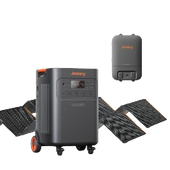
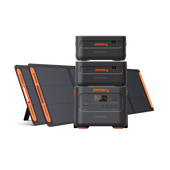
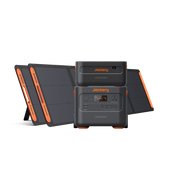
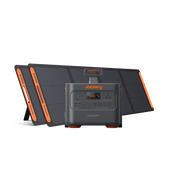

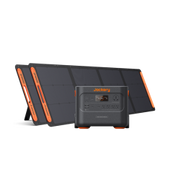
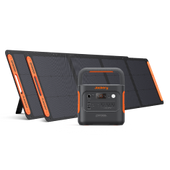

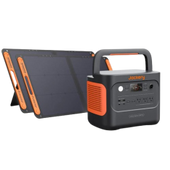
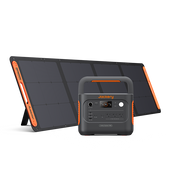
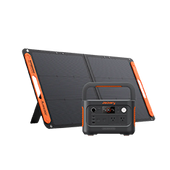

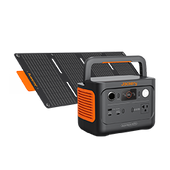
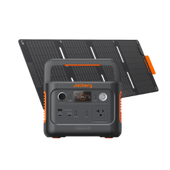
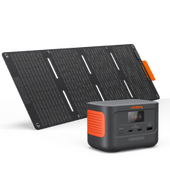
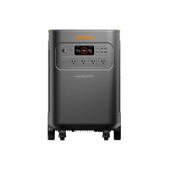

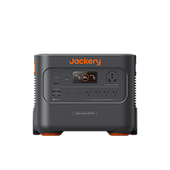
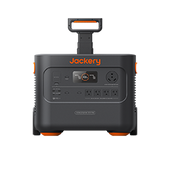
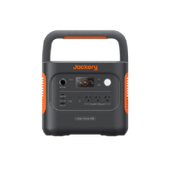
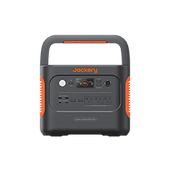
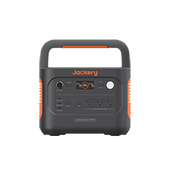
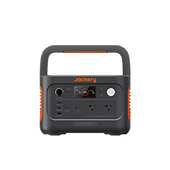
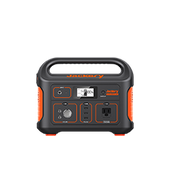
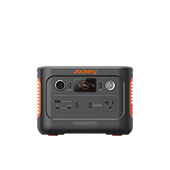

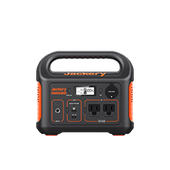
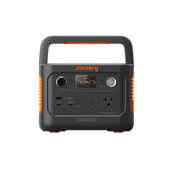
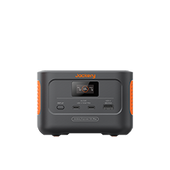



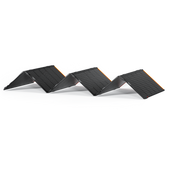
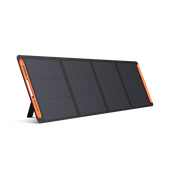
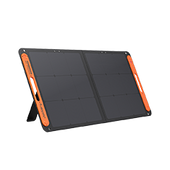
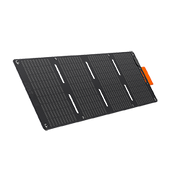
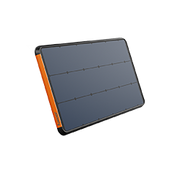
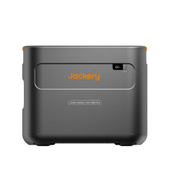
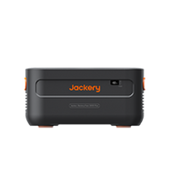
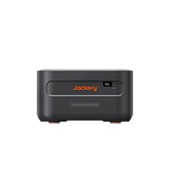

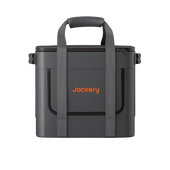
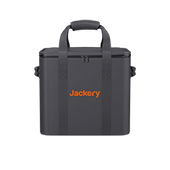
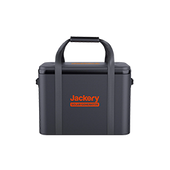
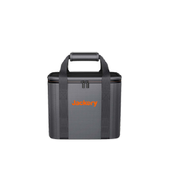
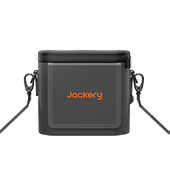
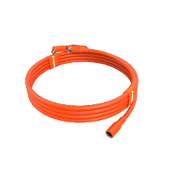

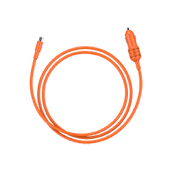

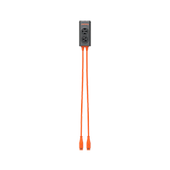
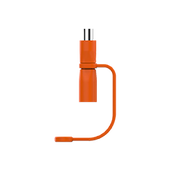
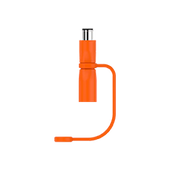
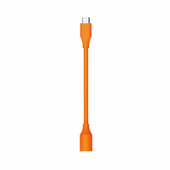
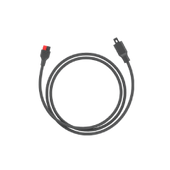
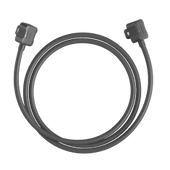
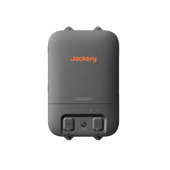
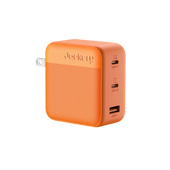

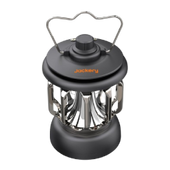


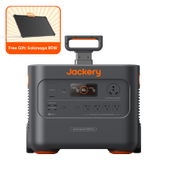
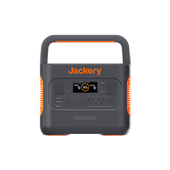
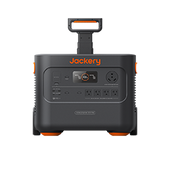
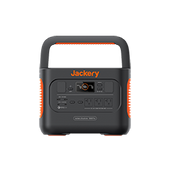
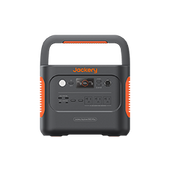
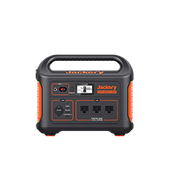
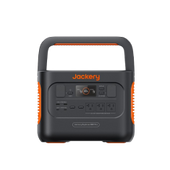
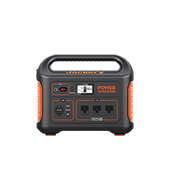
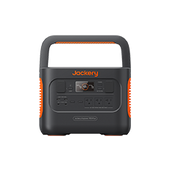
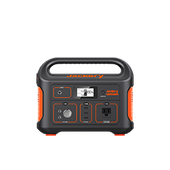
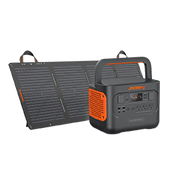
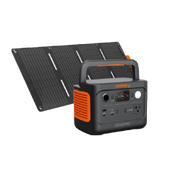
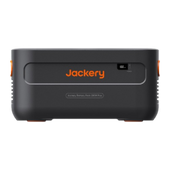
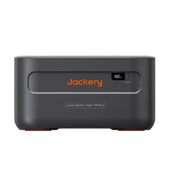




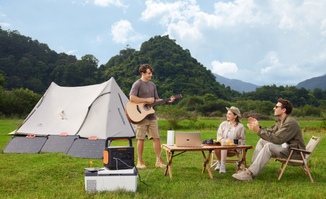
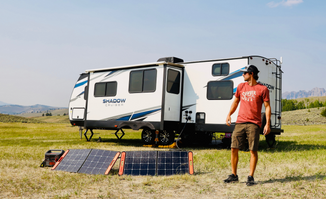

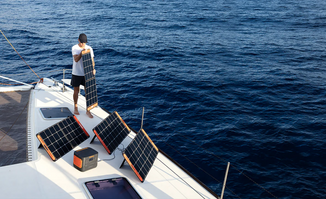
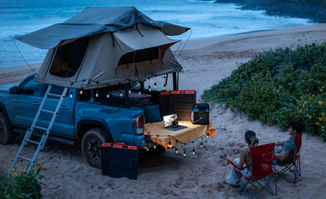






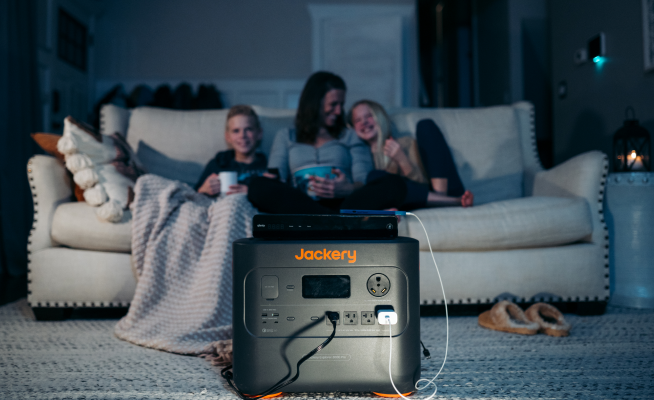

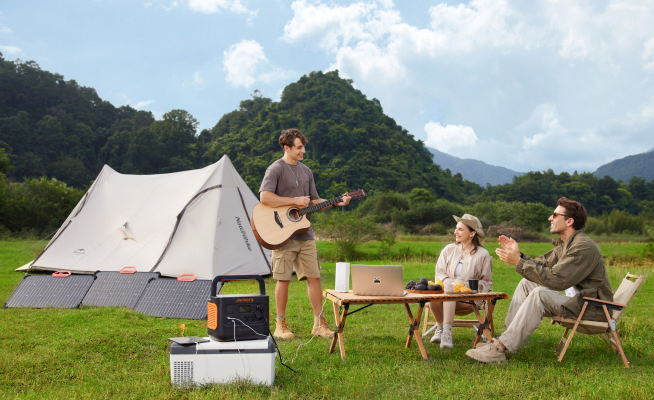
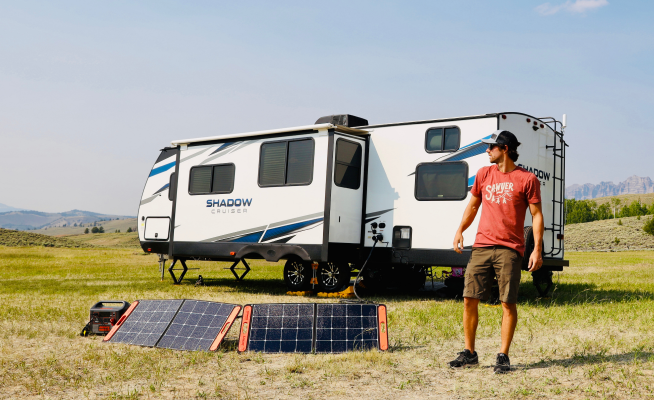

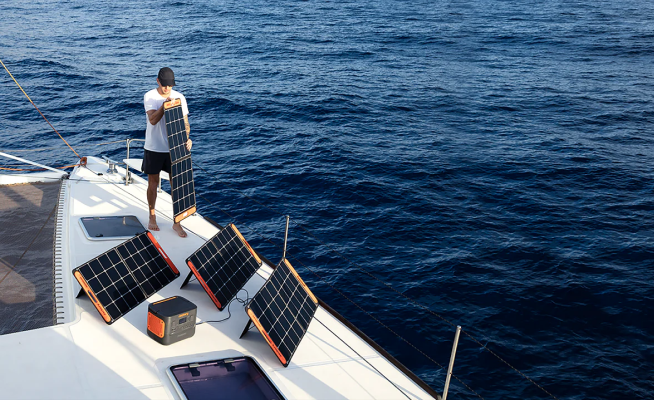
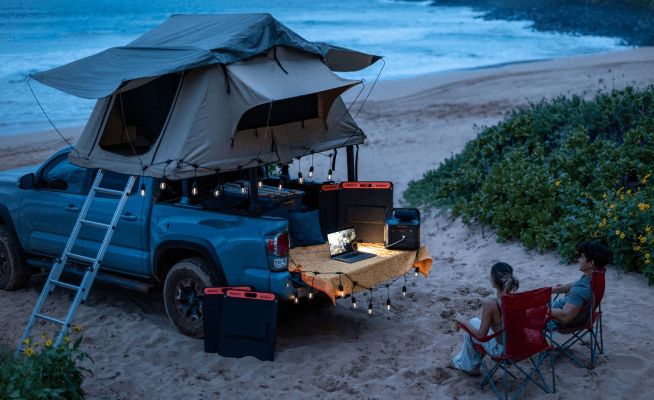


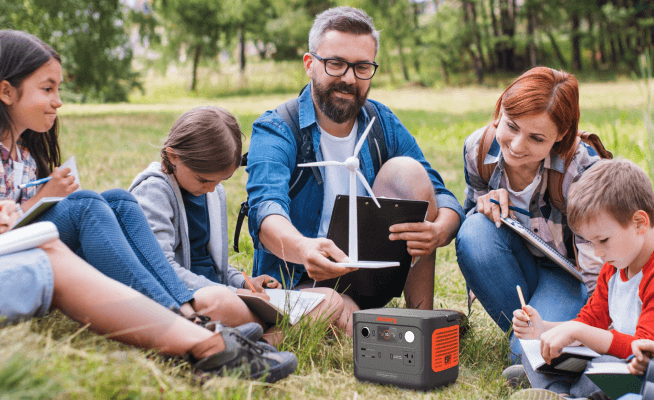













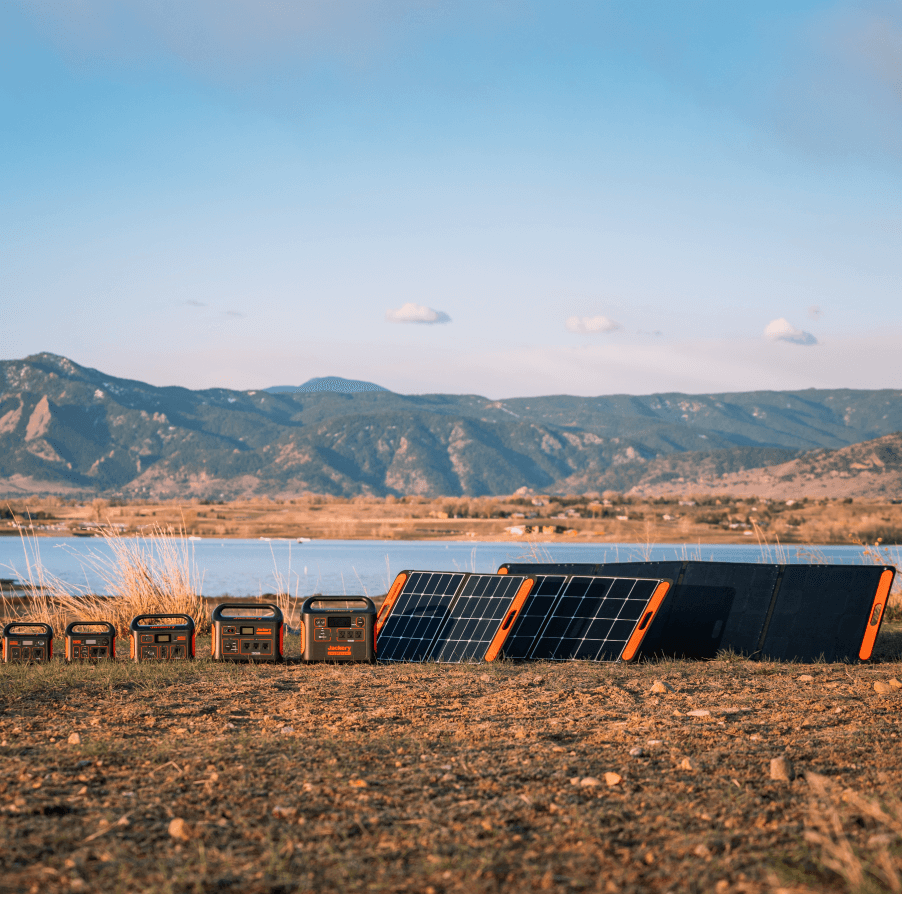

Leave a comment